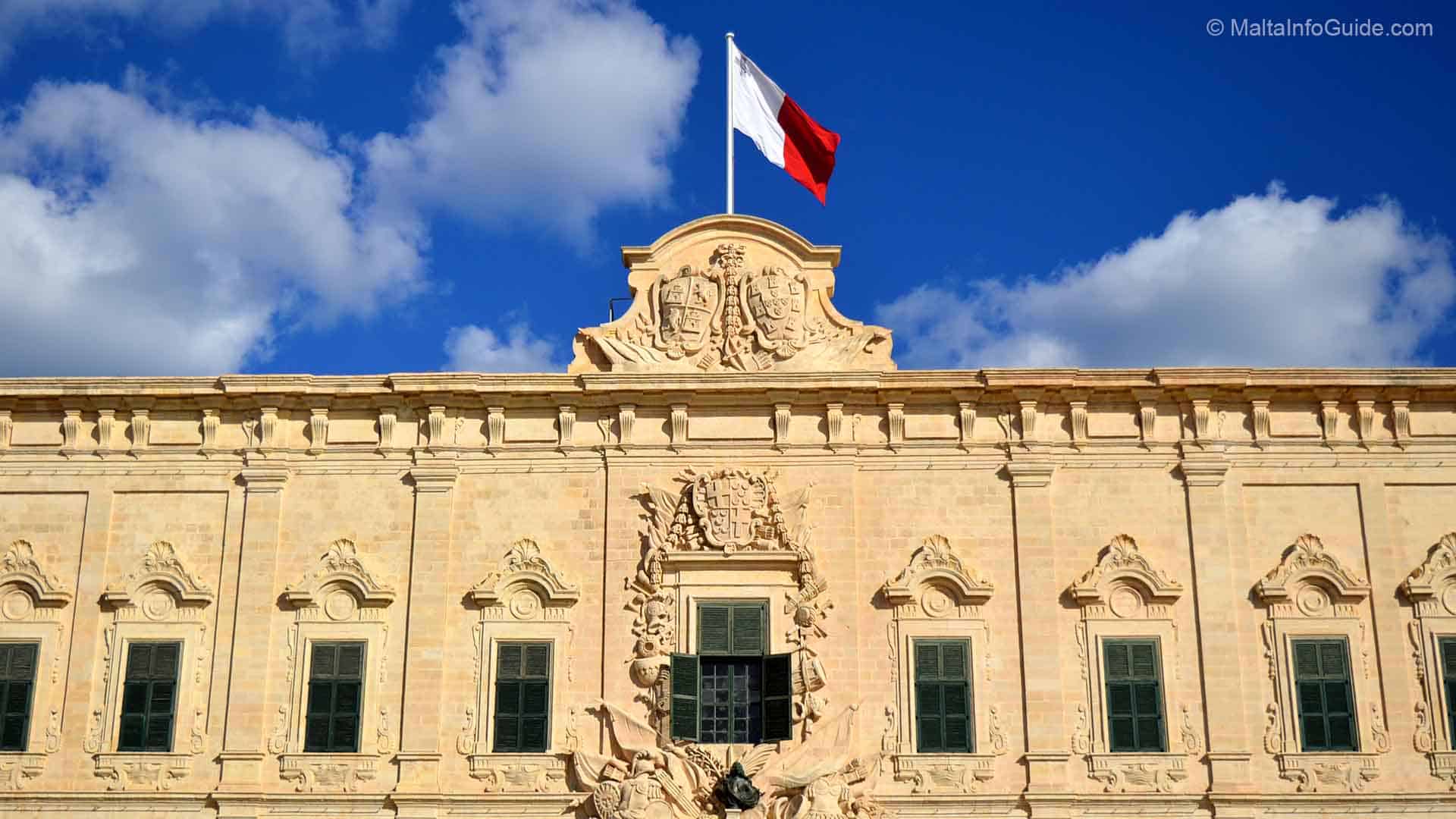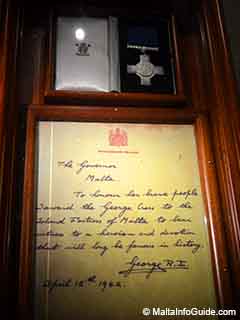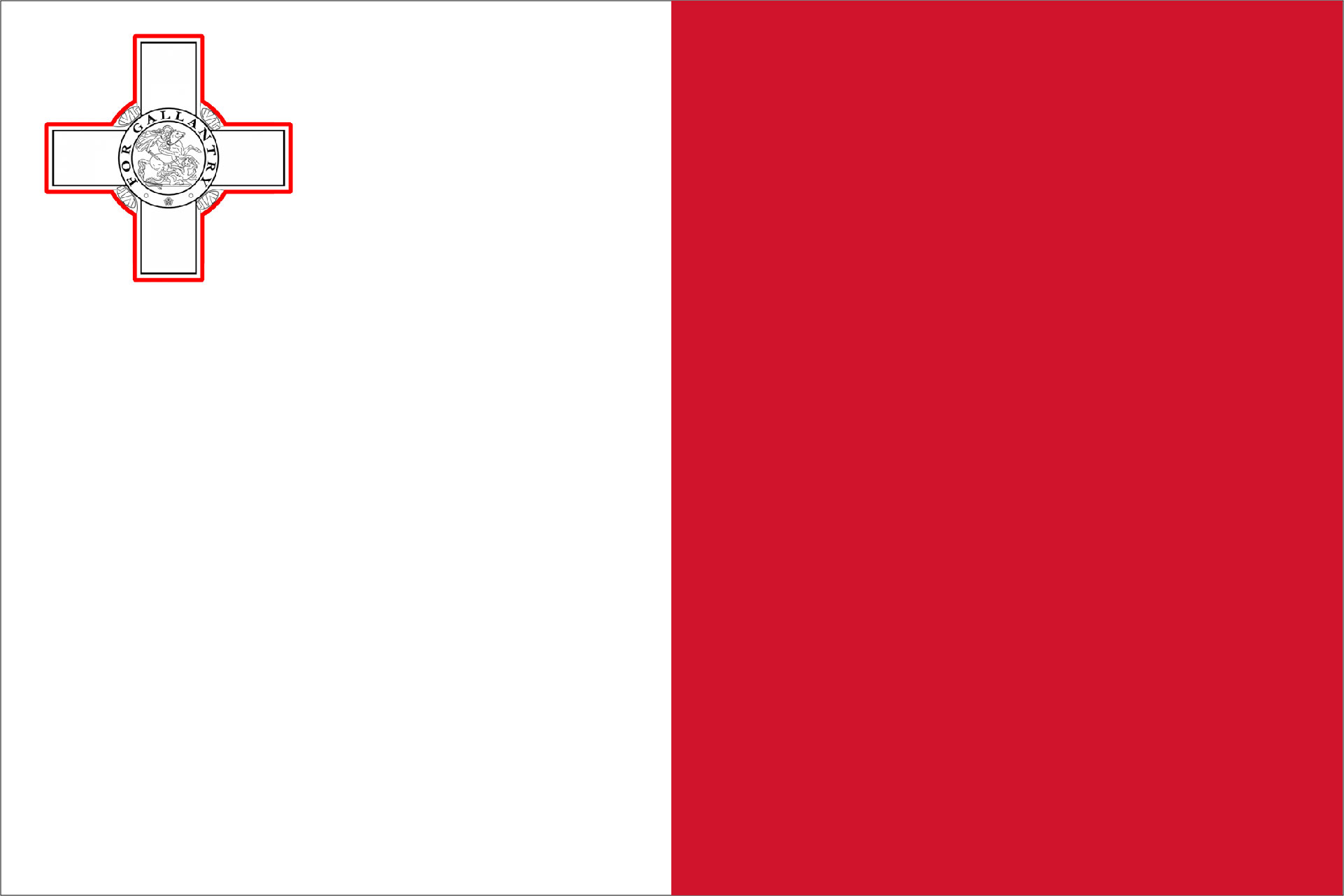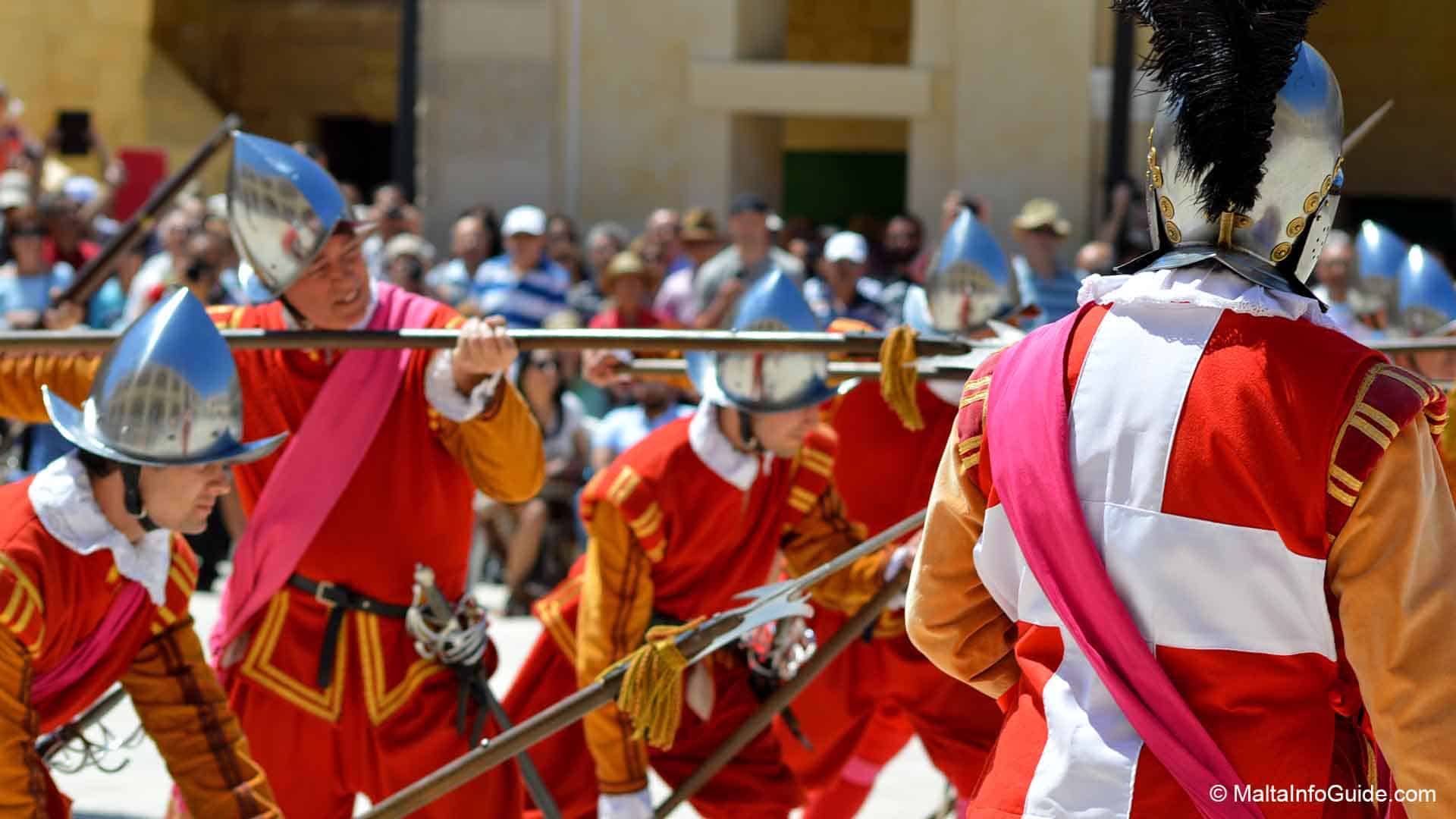- Home
- Malta Island
- Flag of Malta
flag of malta
The National Maltese Flag
The flag of Malta is very dear to the locals. It has a special historic significance. Although the flag is simple in its appearance it displays the rich history of the many Maltese and foreigners that fought for its future. Today it is the pride of the Maltese people.
Disclaimer — We may earn a commission if you book via certain links on the website. No extra cost to you.
📹 Top 7 Best Places To Visit in Malta For 2025
Wondering which spots in Malta should be on your 2025 travel list? Join us on a journey across Malta as we highlight breathtaking views, cultural gems, and experiences you won’t want to miss. Subscribe to our YouTube channel for more content like this. (Sound ON 🔊)
 Auberge De Castille Valletta, Malta | Flying The National Flag Of Malta
Auberge De Castille Valletta, Malta | Flying The National Flag Of MaltaThe George Cross on the flag of Malta
The George Cross was awarded to the Maltese people for exceptional bravery during the Second World War by King George VI. The Maltese people endured heavy bombing during the bombing siege between from 1940 to 1942 and claimed to be the most bombed place on earth.
The George cross is today located on the Maltese flag on the top right corner of the flag. Today the actual George Cross is exhibited at Fort St. Elmo at the national war museum. During this period the Maltese archipelago was still under British rule.
The George Cross was incorporated with the Maltese flag during 1943 until 1964 when Malta became Independent on the 21st of September 1964. From then the flag became the red and white as shown above but the George Cross which had some minor change displayed at the top right hand corner.

The George Cross remain on the flag to remind everyone of the suffering the Maltese passed through and to inspire future generation of the courage that thye need to have to guide them in their lives.
The Maltese flag represents the historical evolution of the Maltese people through many centuries.
Malta National flag Use and Dimensions
An official government document which gives details of how to reproduce the national flag with the right proportions and colours. It also gives advice of how the flag is to be used in various circumstances.
Malta flag dimensions
Specific proportions are outlined for reproduction of the flat. View the complete document issued by the Office of the prime minister of Malta during February 2018.
This is how the Malta flag should be used:
- The national flag of Malta is displayed from sunrise to sunset on buildings and static flag masts in the open.
- In such cases it has to be floodlit.
- The hoisting of the flag should be done quickly or rapidly and lowered in a formal way.
- All public institutions should display the national flag near the main administration entrance building all though the year weather permitting especially on national holidays.
- It should be displayed on or near every school during every school day.
- During election times to be displayed inside or near every pooling station.
- Respect and dignity is to be shown when displaying or carrying the national flag.
Click here if you wish to view the complete document of the Maltese government site.
Malta Printable Flags
- If you want to download the Malta flag as a PDF format you can do so by clicking here.
 The National flag of Malta (In Maltese: Il-Bandiera ta' Malta), red and white with George Cross.
The National flag of Malta (In Maltese: Il-Bandiera ta' Malta), red and white with George Cross.The National flag of Malta as defined in the constitution.
The exact extract from the Constitution of Malta Chapter 1 - The Republic of Malta - Section 3 paragraphs 1 and 2 which states the following:
3. (1) The National Flag of Malta consists of two equal vertical strips, white in the hoist and red in the fly.
3. (2) A representation of the George Cross awarded to Malta by His Majesty King George the Sixth on the 15th April, 1942 is carried, edged with red, in the canton of the white stripe.
This flag has been officially adopted since Malta acquired independence from the British on the 21st September 1964.
The Origin of Red and White
It was taught that the red and white colours of the flag were traditionally handed over to Malta by Count Roger 1 of Sicily during 1090. This happened when he landed in Malta after he conquered Sicily.
It is said that after the Normans completely conquered the island of Sicily, the fleet of Count Roger I landed in Malta. The Maltese fought beside him to force the Arabs out of the island. In recognition for their bravery he tore part of his own chequered red and white flag and gave it to the Maltese fighters.
This account of events was later said that it was untrue since Malta’s old capital Mdina had already administrative ties with the count much before during the late middle ages.
The origin of the colours are believed to have originated from the association with the Knights of St. John who had a very strong navy force. Their flag bears the same white and red colours which bore a white cross on a red background. Today this flag is used as the official maritime flag all over the world to all Malta flagged vessels.
Malta Flag Vessels Register
The Malta Flag register is a flag of confidence.
All types of vessels can be registered under the Malta Flag from pleasure yachts to oil rigs, including those vessels which are currently under construction.
With Malta becoming a
member of the European Union the Malta flag registered became more attractive to both operators and charterers.
European Flag due to being part of the European Union. BY now the 6th largest world wide, the 1st in Europe with a gross combined tonnage of 77.2 million for 2018 statistics. It has become a flag of confidence with the
During July of 2019 minister Ian Borg reached 82 million tonnes meaning a 6% of the global fleet registered in Malta. This includes 780 superyachts.
Chapter 234 of the Maltese laws is the Merchant shipping Act of 1973 where it regulates the merchant shipping including subsidiary legislation of all legal notices issued.
Transport Malta is the authority responsible for the administration of the Malta ship register.
Advantages for joining and flying the Malta Flag
Advantages and benefits for ship-owners registering vessels:
- Malta is a member state of the Paris MoU and Tokyo MoU.
- Malta is part of the major International Conventions.
- Competitive ship registration fees
- Low company formation costs
- Benefits for commercial yachts Malta’s tonnage tax rules.
- Younger ships will benefit from registration costs.
- No restrictions are imposed on the nationality of the crew.
- Regarding the shareholder and directors of Maltese shipping companies, there are no nationality restrictions.
- Registration of vessels can be done in the name of any European country, trust, foundation or individual person.
- Any crew from European countries benefit from Malta’s low social security rates.
- Uncomplicated and quick registration procedures.

Transport Malta vessel administration offices have 40 years of experience including an excellent reputation.
Registrations are possible from a yacht to an oilrigs, platforms and barges.
The offices operate all though the year including a service for urgent arising matters.
Tax incentives for yachts and superyachts owners.
A variety of exemptions may be granted from income tax, successions duty, stamp duty, duty on documents, on the allotment or transfer of any share to vessels of 1000 net tons and over.
Various bilateral maritime agreements have been established with other maritime nations regarding double taxation.
Registrations are also possible for ship hulls or vessels under construction and mortgages.
No trading restrictions are imposed.
Easy access to decision making within the authority supported by a professional team.
Many Maltese companies offer professional maritime services.
🏨 Find the Best Places to Stay Nearby
This fantastic interactive map below helps you discover the best accommodation across the island from a variety of trusted platforms. Explore different areas, compare prices, and book directly all in one place.
🚗 Need a car for your Trip to Malta?
Discovering the beauty of this gem in the Mediterranean by car is certainly the best way to experience its hidden beaches, charming villages, and also hidden paths that are difficult to reach by public transport.
Find The Best Rates On Your Car Rental Now!
 By Albert and Benjamin Magro
By Albert and Benjamin Magro






